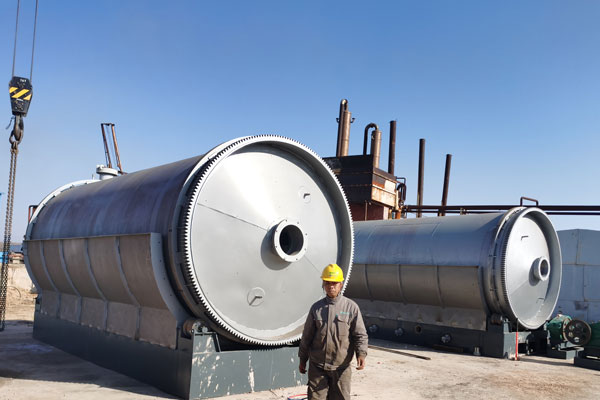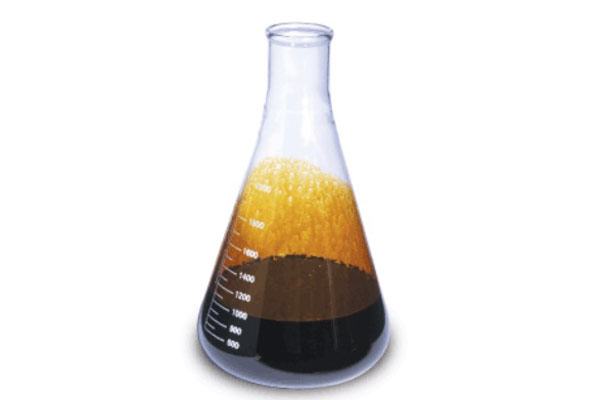In today’s world, it is more important than ever to find ways to reduce our reliance on fossil fuels. Pyrolysis plants offer a promising alternative energy source that can help us accomplish this goal. This blog post will provide a comprehensive guide to pyrolysis machines for sale, including everything from the basics of how they work to the different types available. We’ll also explore the pros and cons of using pyrolysis plants as an alternate energy source and discuss some of the potential applications for these facilities. So, if you’re interested in learning more about this exciting new technology, keep reading.

Understanding how pyrolysis plants work
Pyrolysis plants are industrial facilities that use heat to break down organic material in the absence of oxygen. The process of pyrolysis can be used to recycle waste, generate energy, or produce chemicals and other useful products. The continuous pyrolysis equipment typically operate at very high temperatures, often exceeding 1000°C. This allows them to break down a wide variety of organic materials, including plastics, tires, and food waste.
One of the most common applications of pyrolysis is the recycling of plastic waste. Plastics are made from long chains of carbon molecules, and pyrolysis can break these chains down into shorter pieces that can be used to make new plastic products.
Pyrolysis can also be used to generate energy. When organic material is heated in the absence of oxygen, it produces a gas known as syngas. This gas can be combusted to produce heat or electricity. Pyrolysis plants offer a sustainable way to dispose of waste while also generating renewable energy.
Benefits of using pyrolysis plants as an alternate energy source
The resulting product of pyrolysis is a mixture of gases and solid carbon, which can be used as an energy source. Pyrolysis plants offer a number of benefits as an alternate energy source.
First, they are relatively cheap and easy to build. They can be powered by a variety of different materials, including biomass and waste plastics. Pyrolysis plants also produce very little pollution. The solid carbon can be used as a valuable alternative to coal in power plants. Without a doubt, pyrolysis plants can reduce our reliance on fossil fuels. As the world looks for ways to move away from polluting fossil fuels, pyrolysis plants may offer a cleaner and more efficient solution: https://bestonasia.com/mobile-pyrolysis-plant/.

Pyrolysis Oil
Different types of pyrolysis plants available
There are two types of pyrolysis plants: rotary kiln and fluidized bed. Rotary kilns are the most common type of pyrolysis plant, accounting for about 85% of all installations. They consist of a large, rotating chamber that is heated to high temperatures by a burner. As the chamber rotates, the material is exposed to intense heat, causing it to break down into its component parts.
Fluidized bed waste tyre pyrolysis plants are less common than rotary kilns, but they offer some advantages over their counterparts. One advantage is that they can operate at lower temperatures, which reduces the risk of fire and explosion. Additionally, fluidized beds are better suited for recycling certain materials, such as tires.